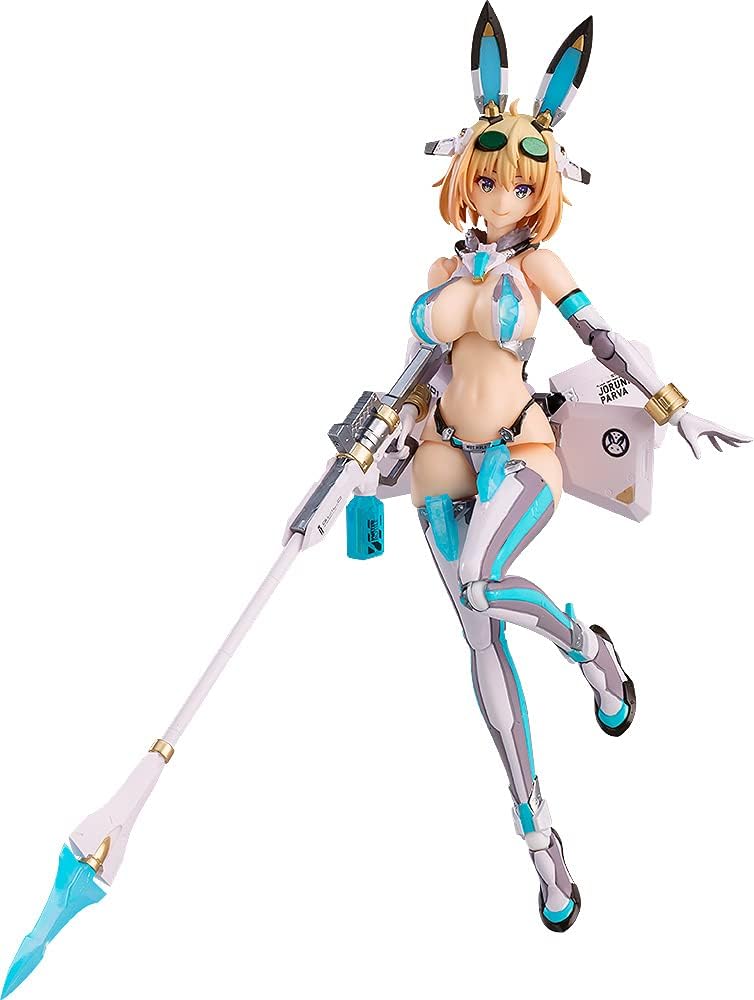This is an English translation of an article that appeared in Toyo Keizai magazine by Toshiaki Matsumoto on May 5th, 2015. The original can be read here: https://toyokeizai.net/articles/-/70361
By rotating the map, we can understand China’s objectives (This picture shows the conference of the 21 countries that had approved the establishment of the Chinese-led Asian Infrastructure Investment Bank (AIIB))
By Flipping the map, Each Country’s Goals Becum Clear
To us Japanese, when we look at a map, common knowledge is that north is up, south is down, east is right and west is left. Everybody has learned this in their elementary school social studies classes.
This is the map we are used to seeing
If one sets out east, then they’ll reach the American continent, and there is nothing to block one’s path across the Pacific. If one turns North, there is Mainland China, the Korean Peninsula, and the Russian Maritime Territory. Between all these places and Japan there is only sea. If you cross that, then you can go anywhere from Japan… this would be the natural thing to think.
However, if we center the map on China and rotate it 90 degrees, then a stark reality becomes visible.
If you just rotate it…
From China’s point of view, the sea that they can see from the coast is small, with the Japanese Islands immediately in the distance. Go further down and Kyushu, the Amami Islands, Okinawa, Yaeyama and the Nansei Islands extend south, connecting to Taiwan. Crossing the Bashi Channel to the Philippines, we end in Vietnam.
Looking at it from this perspective, the amount of sea accessible to China is extremely limited, and in order to get to the open sea, they need to navigate between the islands mentioned above. On top of that, their ships need to submit to being carefully observed at all times by countries like Japan, who own those islands. Should things go south, there is a possibility that they could be shut in by a naval blockade.
Japan is an economic giant, possessing a large number of high tech weapons as well as a small, but highly trained self defense force. There is no doubt that China sees them as a nuisance.
Japanese people see China as having access to a sea where they can freely connect to the world, but China knows that because Japan is there, the sea is not free. By rotating the map, we can see what seems like a totally different reality.
“The Land Power” China’s transformation
In actuality, China has only recently realized the reality that one can gleam from observing a rotated map.
In China’s extreme west, the Himalayas straddle a border shared with India. Go north and the border changes to Afghanistan, Tajikistan, Kyrgyzstan and Kazakhstan. Heading east, a border line runs between China and Russia, then Mongolia, and finally North Korea.
Ever since Qin Shi Huang of the Qin dynasty established the Chinese state, defense against the equestrian tribes of the north had been a life or death matter for the Han people. Chinese history has primarily been one about struggles for land within the continent, and beginning with the Records of the Three Kingdoms in the third century BC, there are almost no mentions of the sea.
「逆さ地図」で読み解く世界情勢の本質 (SB新書)
Read and understand the true state of global affairs with a rotated map
Countries who compete on the continent like this are called “land powers” in geopolitics. This label would not be misplaced on a China that has historically been forced to focus on warfare in the north and showed very little interest in the sea.
This changed dramatically with the two year opium war in 1840. Britain, who had brought most of Asia under its flag as colonies, sets its sights on the large Chinese landmass and sought to control it. This process began when the British took opium it had grown in India and attempted to sell it in Manchu territory, resulting in the opium wars. As a result, Hong Kong was taken from the Manchus, followed by the cession of the Kowloon Peninsula to British as a colony.
This event was etched deep into the hearts of the Chinese as humiliating history and caused them to have a hatred of the force that had come across the sea to attack them. After this, the first Sino-Japanese war in 1894 and 1895, fought around China’s hegemony over the Korean peninsula, resulted in the cession of Taiwan.
According to China’s claims, the Senkaku Islands were also taken by Japan at this time, and following their defeat in World War II, should have been recognized as Chinese territory and returned. Either way, China first turned their eyes to the sea in the 19th century, but when they really began their advance came with the establishment of the People’s Republic of China in 1948.
The First and Second Island Chains Drawn by China
Having taken on economic strength as a result of their open economy, China has begun testing an advance to the sea. The line formed by the Japanese islands through to Okinawa, Taiwan, the Philippines, and connecting to Vietnam has been particularly pesky to China, and they have sought to break through it since the 1980s.
The People’s Liberation Army Navy (The Chinese military is not a national military, but the military arm of the Chinese Communist Party, so this is the official name) has drawn a line from the Japanese Islands, over Taiwan, the Philippines, and ending in the South China Sea, and has named it “The First Island Chain.”
Farther out, they have drawn a line from Japan to the Bonin Islands and Guam, which has become “The Second Island Chain.” The Chinese navy considers the area inside these lines to be a part of their sphere of influence, and has adopted a strategy of preventing foreign powers from exerting their force in the region.
The First and Second Island Chains drawn by China
Under the law of territorial waters instituted by China in 1992, China didn’t just unilaterally claim ownership of the Senkaku, Paracel, and Spratley Islands, but also jurisdiction over the water around Okinawa, citing the natural extension of the continental shelf into the East China Sea.
For Japanese people, it may seem as though the conflict over the Senkaku islands erupted out of nowhere with Japan’s nationalization of them in September of 2012. However, in China’s long history,
No matter how much of a bother China thinks Japan is, neither country can just move one another. Because of that, China has tried to solve the matter by changing the way that they think.
Taking our upside down map centered on China as a guide and taking another look at the sea, we can see that though China is boxed in, these are still nothing more than chains of small islands. Considering the DNA of China, a country that has fought many harsh wars on the continent, it wouldn’t be strange for them to think that they could solve the entire issue by landing troops on the islands and claiming them as their own.
If they just take over each island and make them into their own territory, then the ocean will be free to use again. Taking their land doctrine and bringing it out to the sea has been China’s guiding principle in the South and East China Seas thus far. This is why they have loudly proclaimed “core interests” and begun land reclamation to expand their islands and mainland.
THE AIIB Making Ripples, Its True Aim
Looking at it like this, the much talked about AIIB (Asian Infrastructure Investment Banks) takes on a critically important meaning.
The true intention of the belt and road initiative arises when you flip the map
Beginning in the fall of 2013, Xi Jinping’s government began the policy of the Belt and Road Initiative, based on the Silk Road Economic Belt and the 21st Century Silk Road. In January of 2015, they began substantial progress with the establishment of the Belt and Road Construction Leadership Group.
Looking at the AIIB from this perspective also allows one to grasp the situation. China has announced that on top of the $40 billion in funds for their initiative, another $50 billion will be invested into the bank. Since the goal of the bank is to invest in infrastructure in Asia, the two amounts achieve the same goal.
The plans for the construction of ports, transport networks, and other commercial installations will not only benefit Chinese businesses, but holds economic advantages for other countries in the region as well. However, it is clear that the People’s Liberation Army is taking a leadership role in promoting the strategic angle. They are attempting to use it to blunt America’s Pivot to Asia and promote a new image of China on the continent and win out using influence.
The Maritime Silk Road appears to be a very peaceful strategy. However, the main goal is not reciprocal cooperation, but the gaining of a strategic advantage.
The Silk Road Economic Belt, which starts in Kunming in Yunnan Province, as well as the AIIB, are also efforts to revive the old Silk Road using high speed rail, motorways, pipelines, and fiber optic cables.
At the moment 3 routes are planned. The first would go from Central Asia to the Middle East, with another being a sea route starting on China’s coast, and then another beginning Yunnan and stretching into Southeast Asia.
A key issue for Central and Southeast Asia is how their national industries will develop. It is difficult to take the economic initiative in the face of China’s overwhelming strength, and the chances of being caught up in China’s influence are large.
A Recommendation to Think With a Rotated Map
By starting with rotating the map, and freely changing the way that we look at maps, we can start to understand the true nature of what’s going on in front of our own eyes.
Some believe that in this age of globalization, pulling out geopolitics to explain the way things are going is a old-fashioned, but the behavior of China, with its land power and one-party rule, closely resembles that of the nations of the 19th century when geopolitics was born.
By approaching the issue using geopolitical factors, the seemingly complicated movements of China can be made clear. This is not just limited to China either. Using a geopolitical point of view, we can uncover surprising truths about all sorts of international phenomenon that are happening right now.
By all means, I encourage you to turn your thinking upside down by rotating the map
(I investigate this in more depth in my book 『「逆さ地図」で読み解く世界情勢の本質』(SB新書) on sale May 15th. I would be delighted if yo would give it a read)

|
We earn a commission if you make a purchase, at no additional cost to you.
|
We earn a commission if you make a purchase, at no additional cost to you.
|
We earn a commission if you make a purchase, at no additional cost to you.
|
We earn a commission if you make a purchase, at no additional cost to you.
|
|---|



